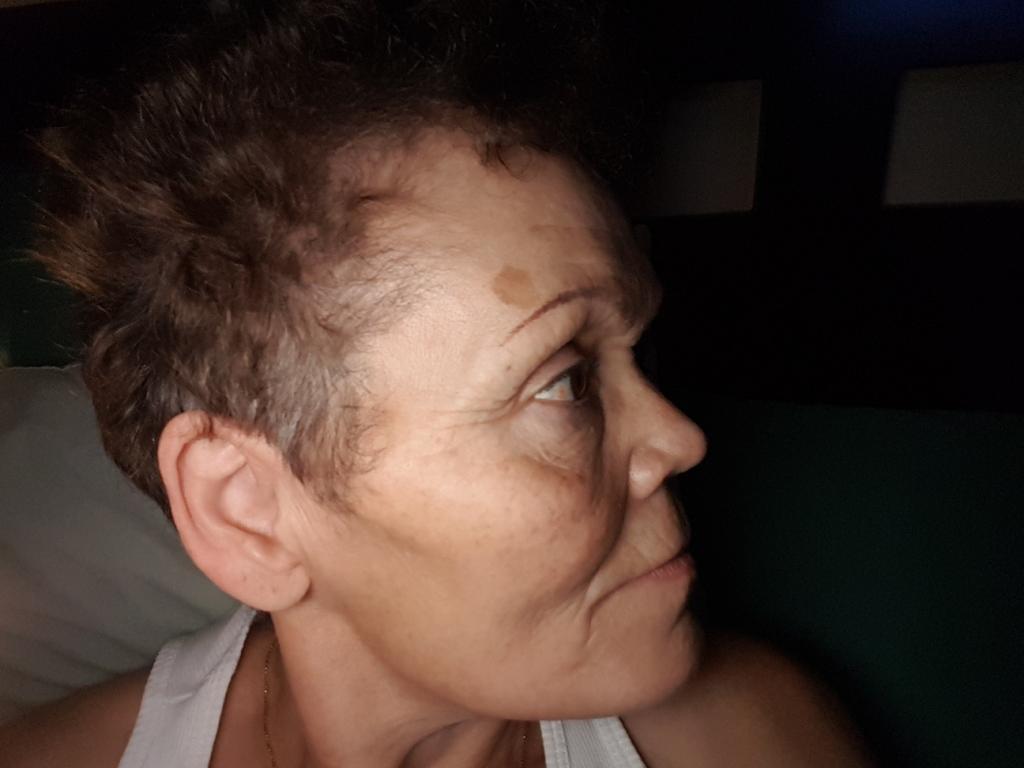
Upon receiving her diagnosis of oral cancer in 2017, Barb Pelton asked her dentist whether she was going to die. While the dentist let her know it was possible, Pelton became resolved to beat the disease.
Pelton's diagnosis came almost five years after the first sign of it appeared in her mouth. Her first biopsy in 2012 showed she had oral lichen planus and she was told the condition would need to be closely monitored.
After a routine dental checkup in 2017, Pelton's dentist was concerned about an abnormal area on the right side of roof of her mouth.
After being referred to oral pathologist and dentist Seema Ganatra at the School of Dentistry, Pelton made the journey from her home in B.C. to come see her. The second biopsy told another story: oral cancer. While the news was clearly unfortunate, Pelton says she was glad to have made the trip.
"Just always, always, always get a second opinion if you have any doubt," says Pelton, adding she appreciated Ganatra's honesty. "I don't want this to happen to anyone else. If I can prevent this from happening to another person that would be wonderful. If it's something that is not going away, get it checked out. If you are told it is nothing but it's still not going away then get a second opinion."
Echoing Pelton's advice, Ganatra says any lesions in your mouth that do not heal within four weeks should be checked by a dental professional.
"If there is pain that doesn't go away or a fast growth, please visit a dentist or health care professional immediately," says Ganatra. "It might represent cancer or an infection. Either way, both require treatment."
Pelton was told she had verrucous carcinoma. While she had smoked for 43 years, Pelton had quit six years prior to her diagnosis.
Oral cancer can occur on the sides, floor and palate (roof) of the mouth, under the tongue, cheek linings, gums or lips. It most often occurs as a growth or sore that does not go away. Early findings can include persistent red or white patches, a non-healing ulcer, swelling or enlargement, unusual surface changes, sudden tooth mobility without an apparent cause or unusual oral bleeding.
Pelton had a resection completed. The surgery involved removing almost a quarter of her right palate including gums, multiple teeth and bone. She now has a plate in her mouth which enables her to speak clearly and eat normally.
"It's an adjustment getting used to it but I'm alive and that's number one. Life is good and I feel good," she says. "I get to live."